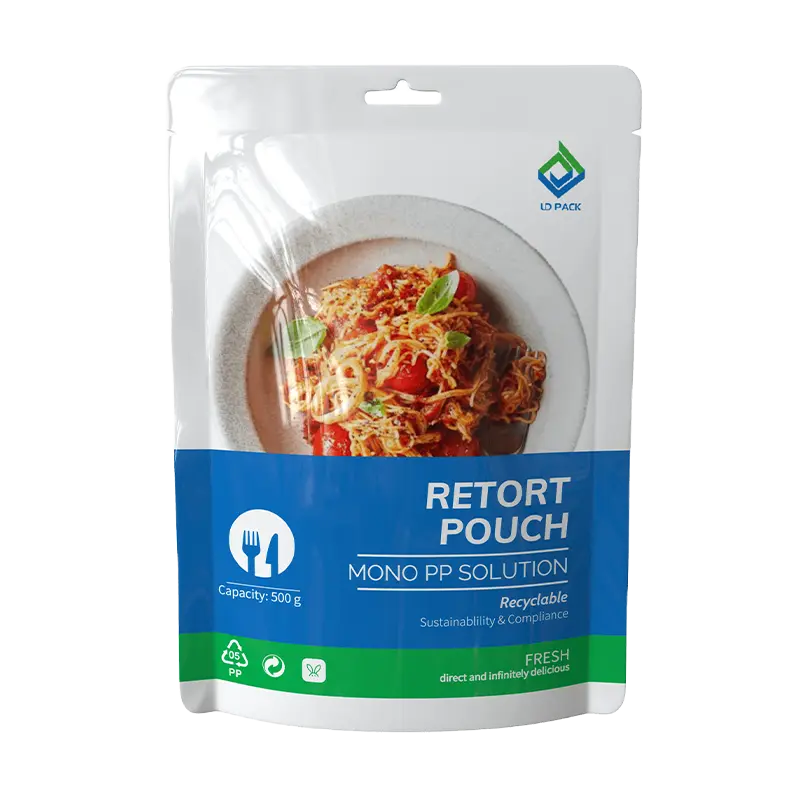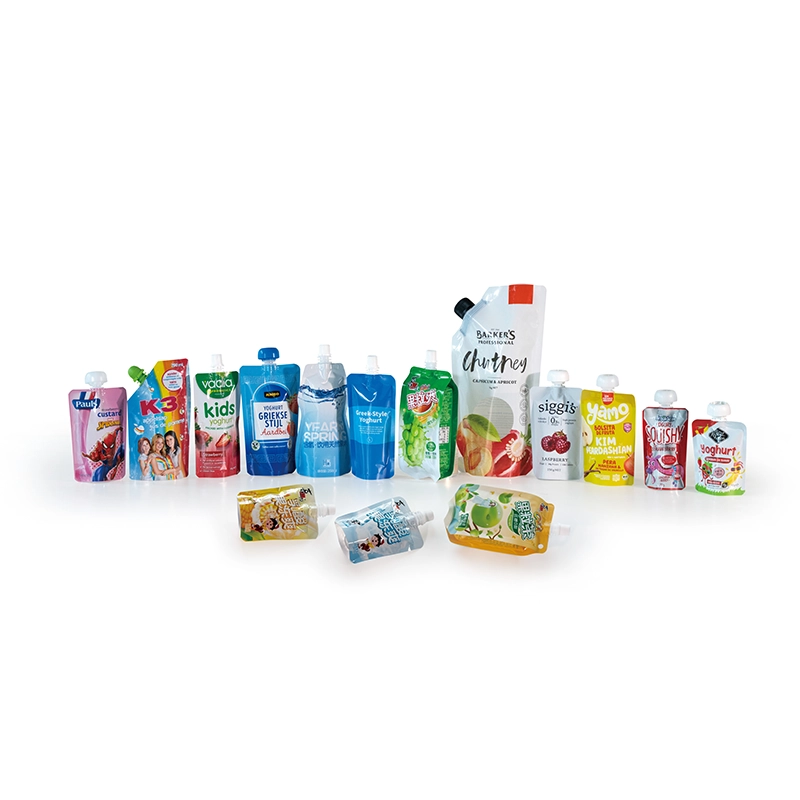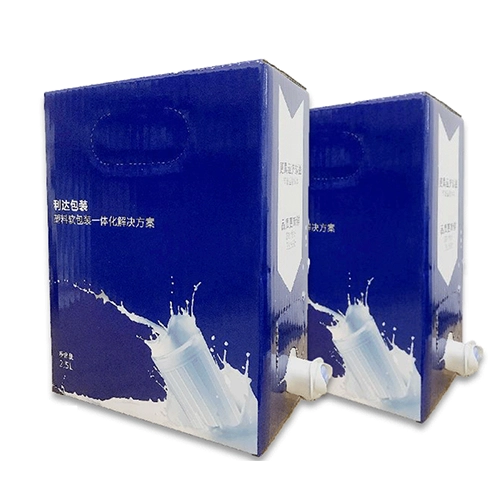Introduction to recyclable packaging
What is Sustainable packaging?
Sustainable packaging, also known as pollution-free packaging, refers to packaging that is harmless to the ecological environment and human health, can be reused and regenerated, and is composite and sustainable. Its philosophy has two meanings: one is to protect the environment; The other is to save resources. The two complement each other and are inseparable. The protection of the environment is the core, and resource conservation is closely related to the protection of the environment, because saving resources can reduce waste, which is actually the protection of the environment from the source. For green packaging, there are 4R1D design principles, namely Reduce, reduce packaging materials, and oppose the principle of transitional packaging box reduction; Reuse, the principle of effective reuse that can be reused and not easily discarded; Recycle can be recycled, and discarded packaging products according to the principle of recycling, processing and recycling; Recover, the principle of resource regeneration using incineration to obtain energy and fuel; Degradable, the principle of degradable, which is degradable and does not cause environmental pollution. In short, green packaging means not only to ensure the performance and quality of packaging, but also to reduce packaging costs and environmental pollution caused by packaging waste.
At present, the main directions of green development of plastic packaging are degradable and recyclable. Degradable plastics are further subdivided into photodegradable, biodegradable, water degradable and photo-biodegradable materials. Photodegradation incorporates photosensitizers into plastics and gradually decomposes under sunlight. It belongs to an earlier generation of degradable plastics. Its disadvantage is that the degradation time is affected by sunlight and the climatic environment, and the degradation time cannot be controlled. In terms of water degradation, due to the fact that there are not many degradable materials suitable for water treatment, and most of them are poor in water resistance, their strength in water is not high and cannot meet the needs of daily use. Before the popularization and application of water degradable materials, there are still many problems that need to be solved, and the material cost of water degradation is too high, resulting in a higher price of production, which has a certain impact on its promotion.Photo-biodegradation is a type of plastic that combines photodegradation and microorganisms. It overcomes the requirements of photodegradation for light, but the corresponding product is relatively difficult to prepare, and it is still a relatively difficult research topic in my country. Biodegradation is the mainstream product in the current degradable plastic industry. Biodegradation uses the respiration or chemical energy synthesis of natural microorganisms such as fungi and bacteria to degrade, and finally decompose into carbon dioxide and water. Biodegradation and environmental degradation. Because it takes a long time to integrate into the microbial cycle, it will still exist in the soil for a long time during this period. At the same time, some products will still produce environmentally harmful and even harmful substances during the degradation process. If this type of plastic is promoted on a large scale Products will have a very large impact on the environment, and biodegradable materials are far from being able to meet the diverse needs of the flexible packaging industry. Therefore, a single material, recyclable and environmentally friendly materials are the inevitable choice for the sustainable development and high-quality development of plastic packaging.




